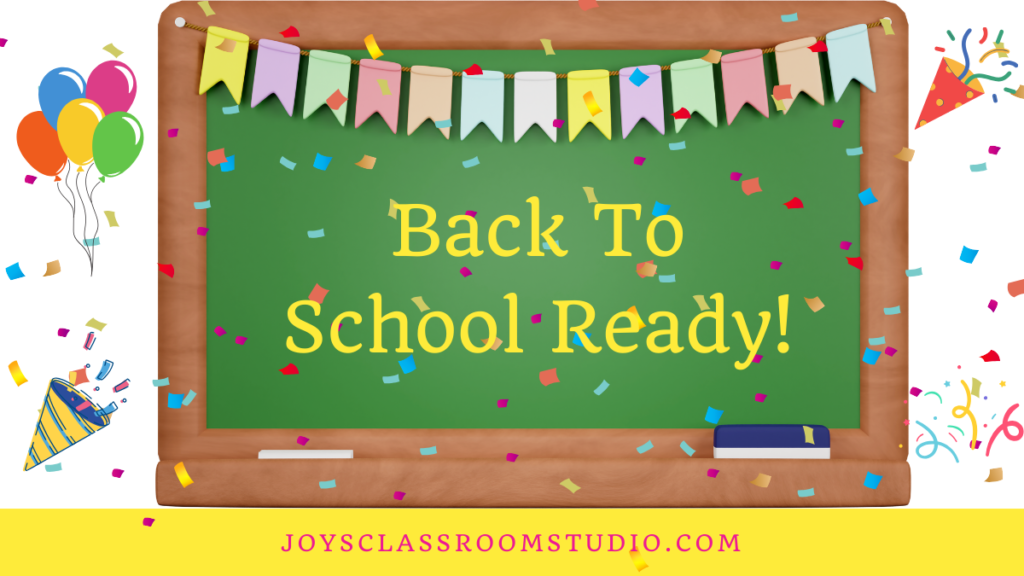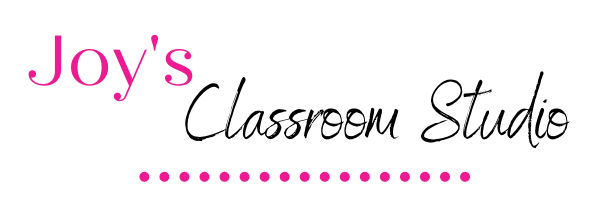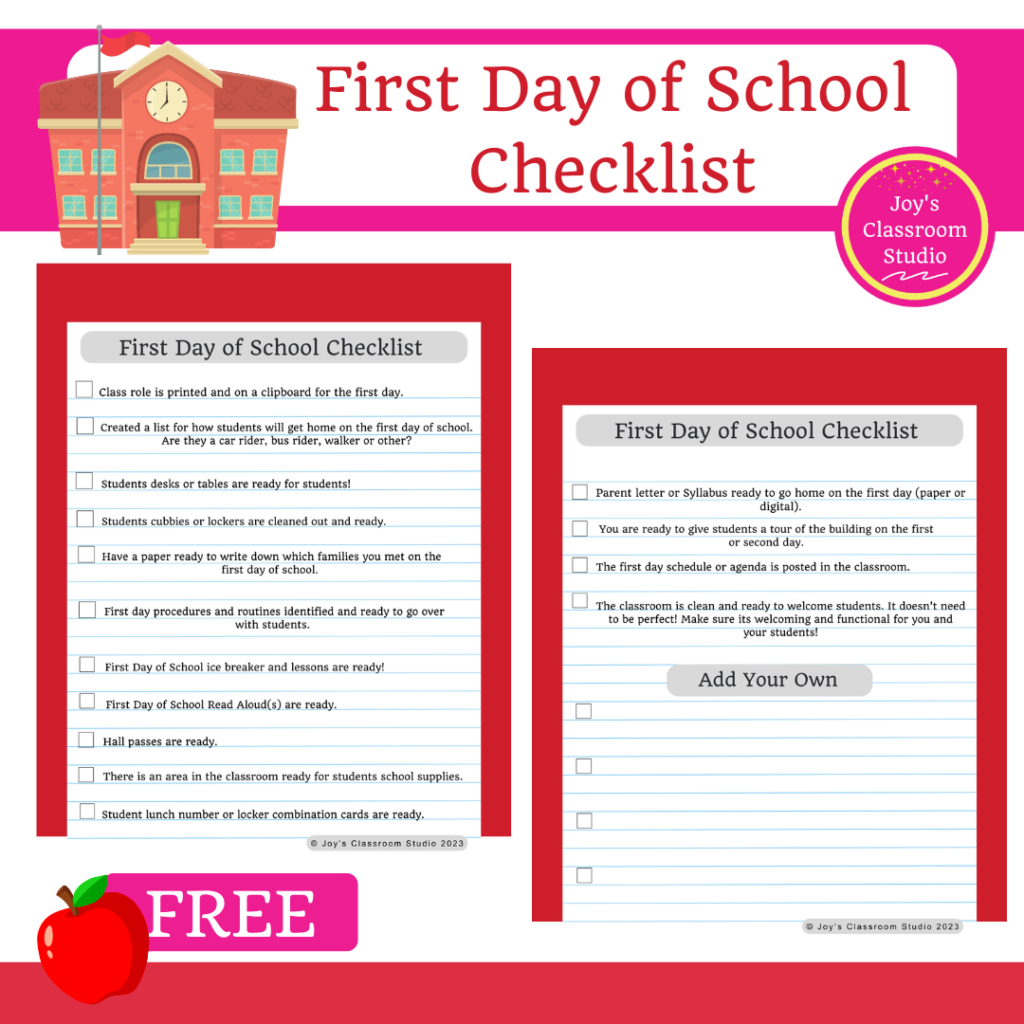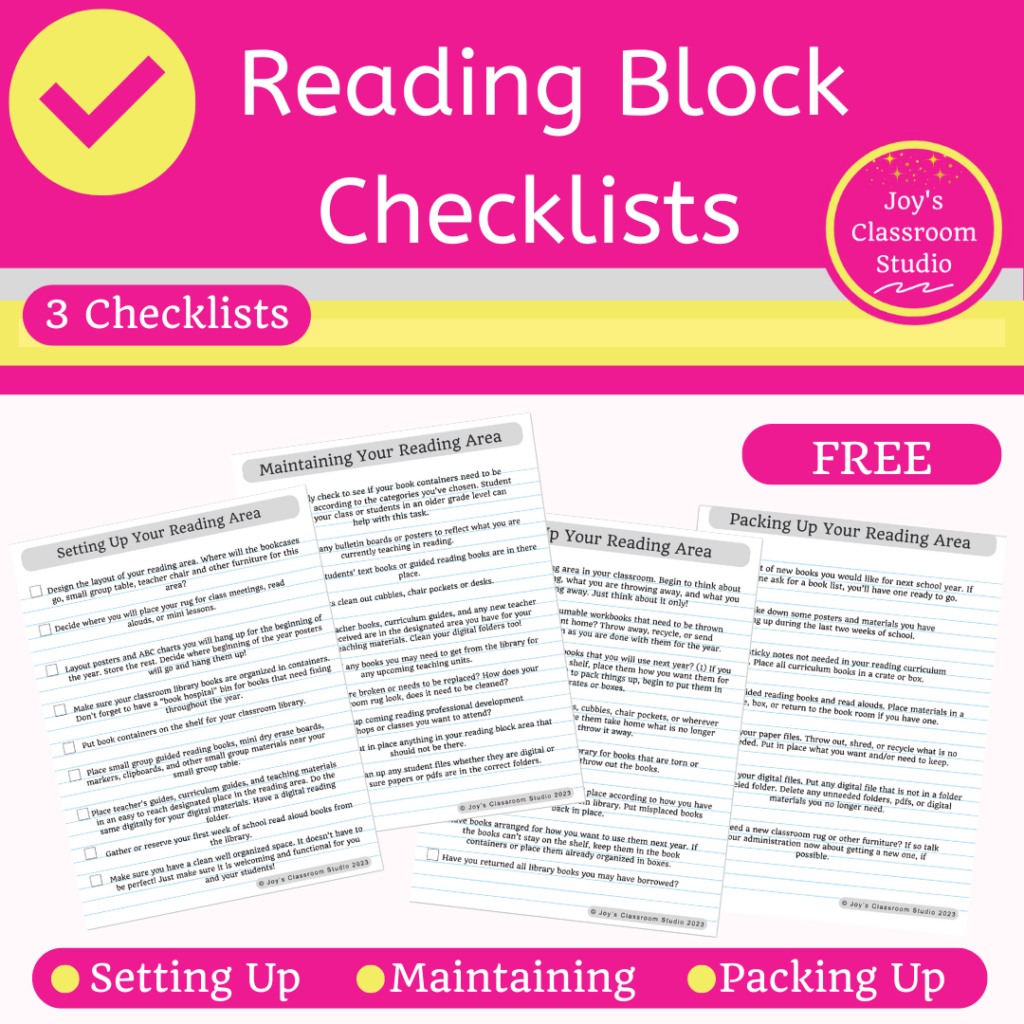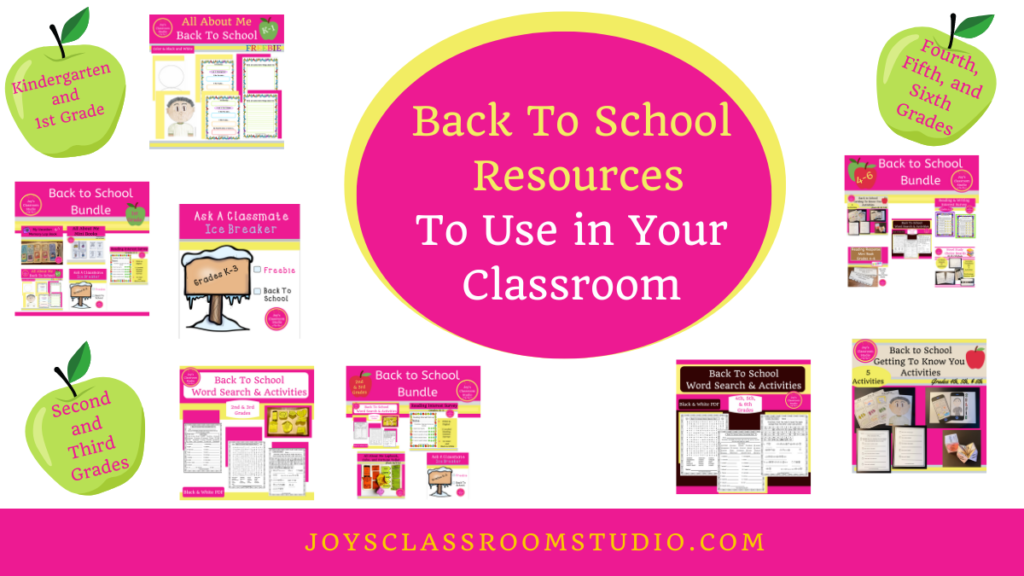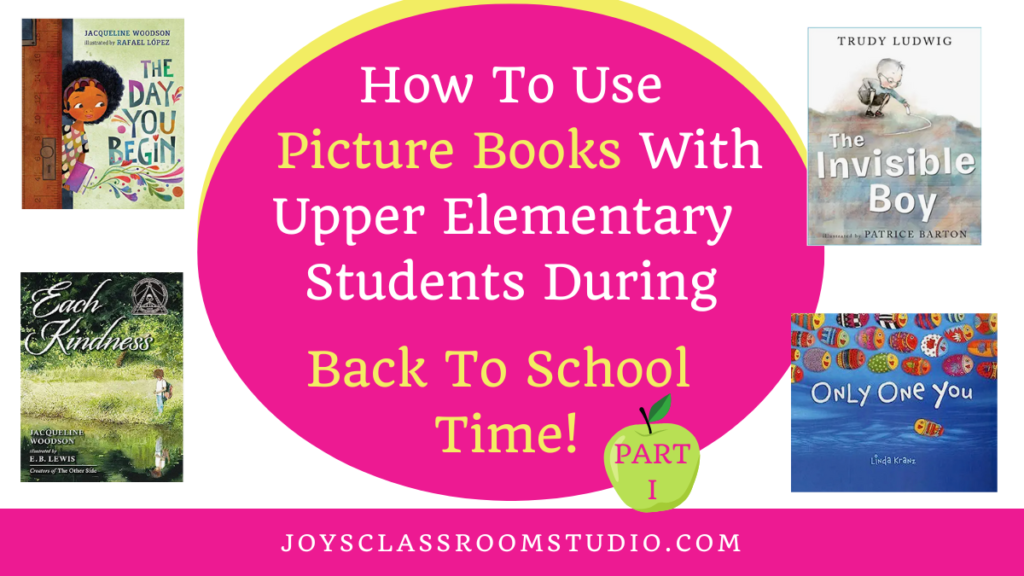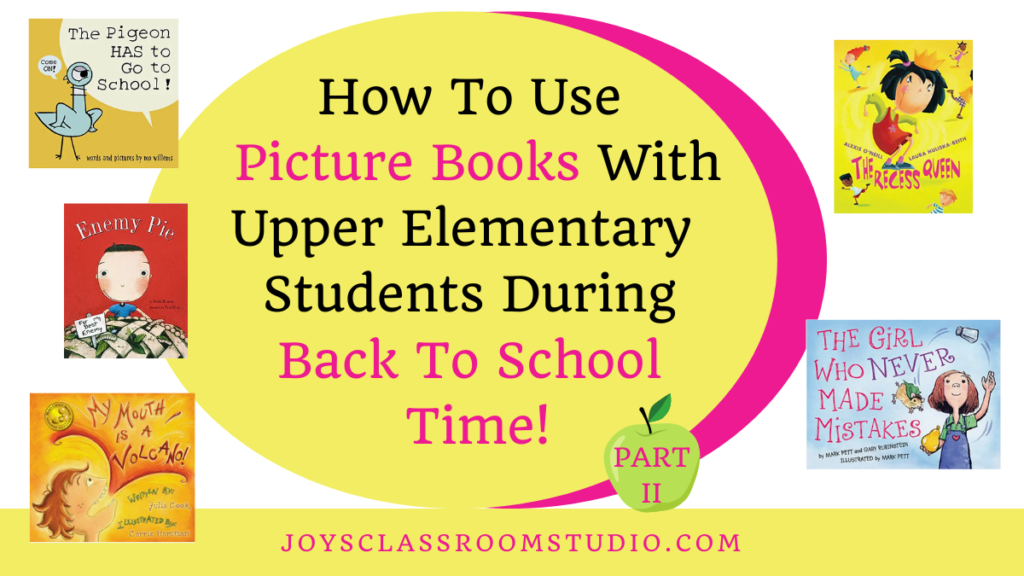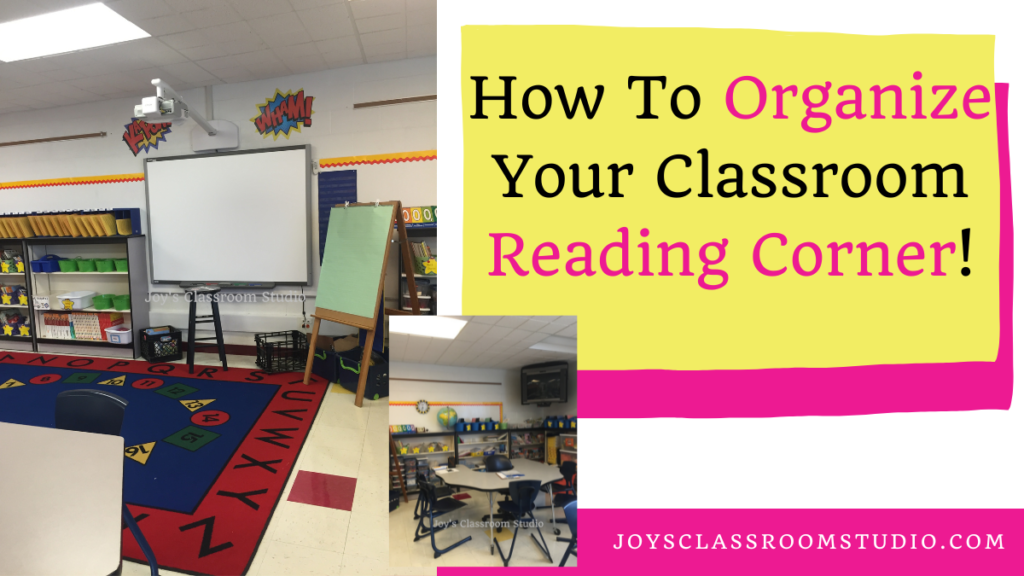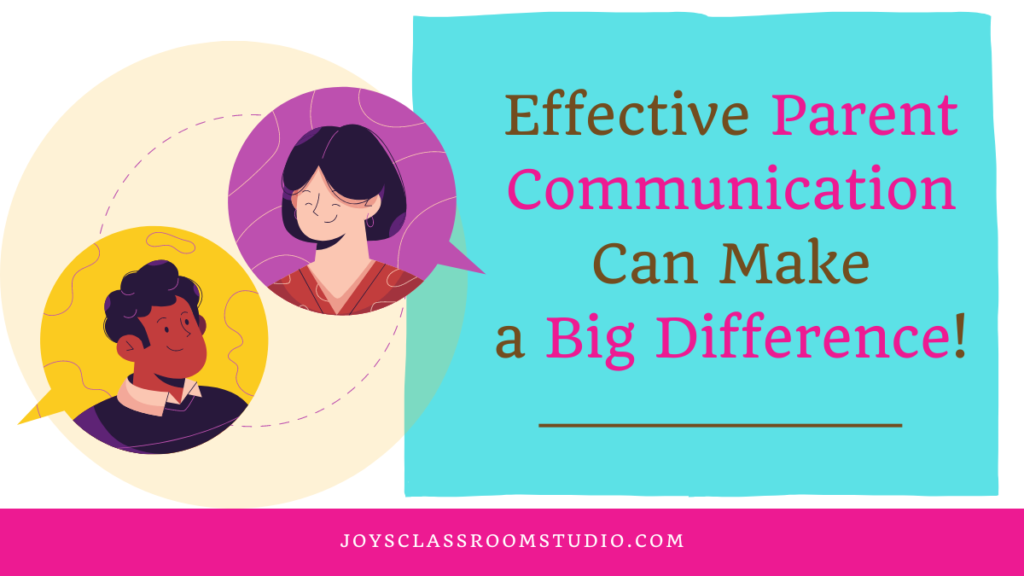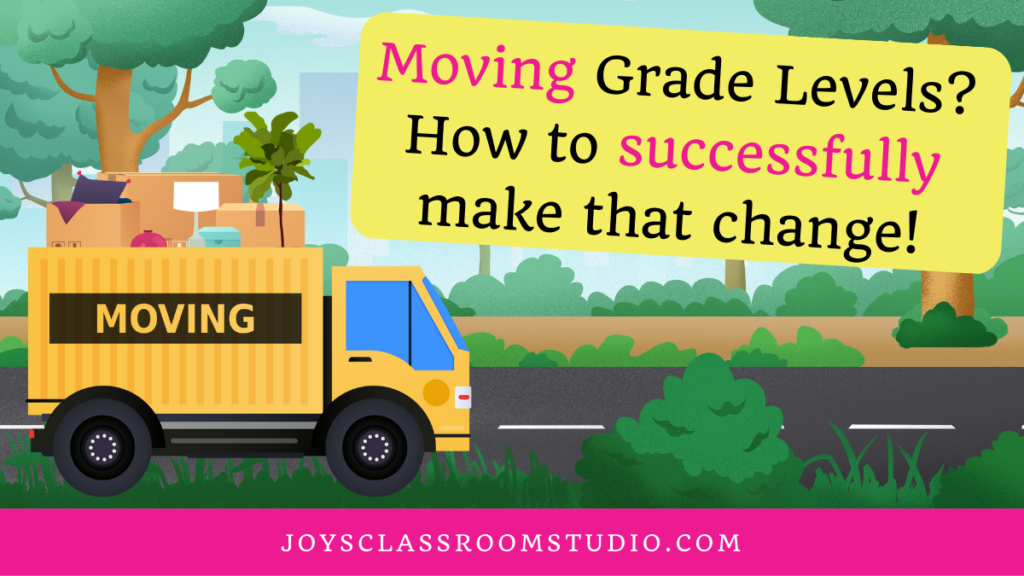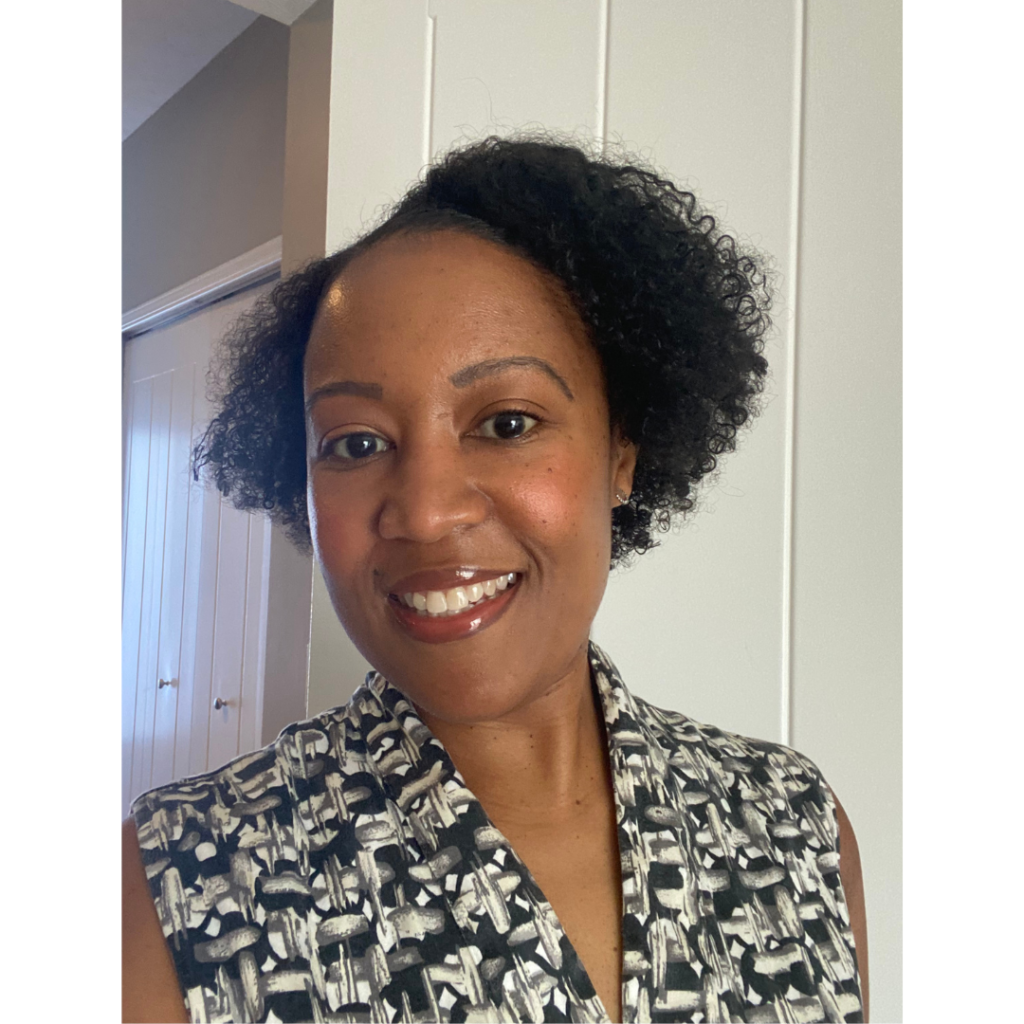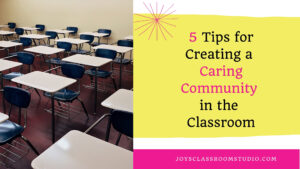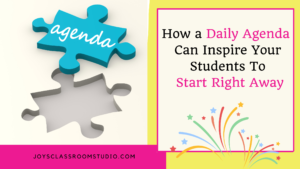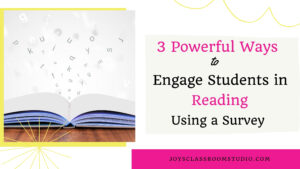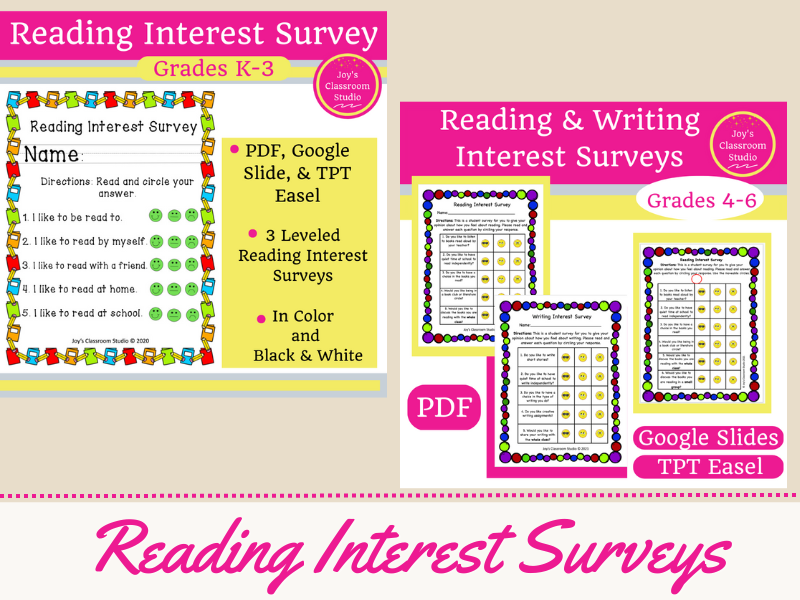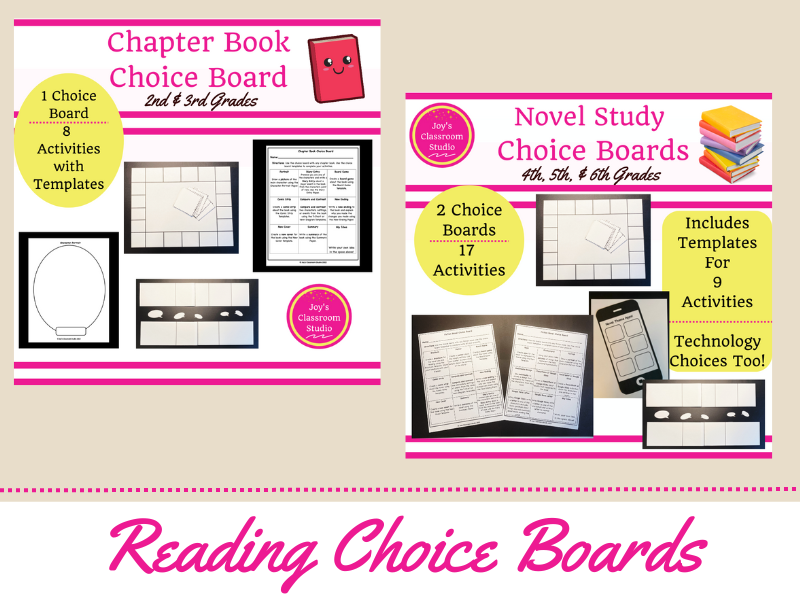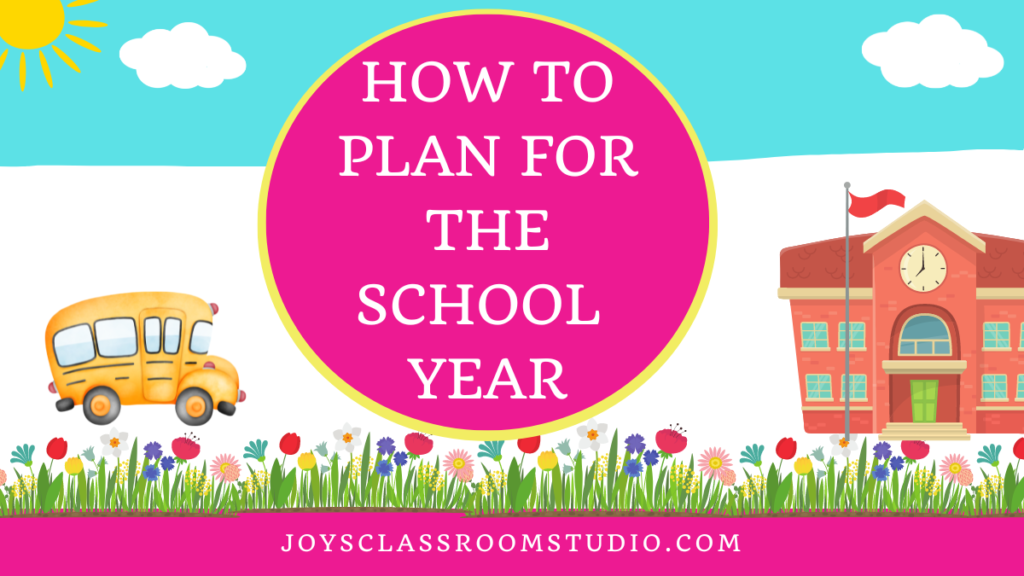
How To Plan For The School Year
Introduction
How do you plan for the school year? If you are like me once it’s June signifying it’s the end of the school year your not thinking about planning. I don’t think about how to plan for the school year at all during the month of June. It’s probably about mid-July before my mind begins to wonder about what my plan for the school year will be. And if I am not trying to do anything new in the classroom like a new chapter book unit or researching a new idea I want to implement, my actual planning doesn’t start till the beginning of August.
My district does not go back to school until the end of August so getting in back to school mode at the beginning of August works for me! How about you? Do you give yourself time off from work? Or are you constantly thinking you should be preparing for the next year? In this blog post, I will give you 10 Steps I use on how to plan for the school year while still enjoying my summer break.

Enjoy Your Summer Break!
It’s important that you enjoy your summer break! The school year will start before you know it and you don’t want to look back and think “Why didn’t I enjoy my summer break”. “Why did I take so much time planning lessons that I may not even use especially now that there are curriculum changes”. “I can’t get that time back”!
Take Time For Yourself!
It is perfectly healthy to take time for yourself! In fact, we as teachers need the summer break! We need to detach ourselves from our work. Explore other interests and spend quality time with those around us. So step 1 of How To Plan For The School Year is to enjoy your break! You know what that means for you. Make sure you do the things that give you joy!

Gradually Begin To Think About The School Year.
For me when the end of the school year comes and school is finished, I am ready for summer break. At our closing staff meeting this year, on the very last day of school for teachers. One of my coworkers raised her hand and asked “When do we come back?” Wait, what, did she say? REALLY? I’m pretty sure everyone was thinking “We don’t say those words!” “It is way too soon to think about When . Do . We . Come . Back!!!”
I know that’s what I was thinking. So thinking about going back to school in June when you just got out is way too early!!! But I do begin to think about it around July 4th. Now that doesn’t mean I am ready to plan. What it means is I think about it! I think ok it’s July 4th, summer is moving along, enjoy it because August will be right around the corner.
I also begin to think is there anything I want to look at in my spare time for the upcoming year. Notice how I said want to look at and not have to look at. It’s summer I don’t have to look at anything work-related right now. But I do have things I want to look at that during the school year I just didn’t have the time to read and give those things the attention I can now. So if I want I will read and look over some things I may be interested in doing with my classes.

How Can The Upcoming School Year Be More Enjoyable?
Focus on the “controllables”. What can you control that will help you enjoy your work? Can you organize your wardrobe ahead of time so when it’s time to go back to work your closet is set up in a way that makes choosing outfits to wear easier? Can you think about learning to make a variety of juices, teas, or coffees that you can take to work with you? How can you make your class time with students productive and enjoyable?
Think about the little things that can make a big difference in your day to day in the classroom. Because it is the day to day rhythm that becomes challenging over time. Maybe adding a scarf to your outfit during the winter helps to make you feel extra cozy throughout the day. My favorite accessories to add to my outfit on a cold winter work day is a scarf and my favorite boots.
Again remember to think about the “’controllables”, things you can do to help yourself have a better work day regardless of what others (or the weather) are doing around you.

Check Your Work Email Or District Webpage For Anything New.
Now I must admit this is something I like to do mid July. I like to do this then because I can mentally prepare for any upcoming changes for the year that may be mentioned. This way I am aware of it already before I sit down to start to plan for the school year at the beginning of August. Plus there may be some paid professional development opportunities that may be going on during the summer that I may consider attending. I only recommend checking in once and not making this a daily habit.
When it comes to work email I do not have any notifications coming in on my phone. If I need to know any work-related information when I am at home in the evenings, weekends, or breaks I need to personally sign in and check emails myself. This helps me to keep a healthy work-life “balance”.

Look At Your Curriculum And Standards.
Will you use the same books, lessons, and materials that you used last year? Anything new you want to add? What updates are being added by your district or principal? It’s extremely important that you know the answers to these questions before mapping out any lessons you want to teach. You want to make sure you are teaching the standards and curriculum requested of you by your district. Many districts allow you to add supplemental materials. This is where you can add in any lessons of your own that complements what is required. Read my blog post Planning Your Reading Block for more details about specifically planning out the reading block.

Make A Tentative Year Outline!
Be realistic! I always make an outline of the standards and concepts I teach throughout the year. Once the school year starts and gains momentum it is like a snowball falling down a hill. A snowball that adds on more snow until what started small at the top is now gigantic at the bottom.
So for me, it is 100% necessary to make a tentative outline for the year. Start off by looking at your district calendar. Make note of start and end days to quarters as well as holidays and days off. Does a school week consist of 5 days or just 2 days? Make a note of this too. That way you can be realistic in planning and making sure you are not giving a 2 or 3 day week 5 days worth of work. Read my blog post 7 Back To School Tips For New Teachers where I go into greater detail about making a tentative outline.
When creating your tentative outline begin with the beginning of the school year all the way to the end. List out the weeks by dates and write what you will tentatively teach that week. This is an outline, not a lesson plan! You will lesson plan by the week (and alter your plans by day) when teaching. Making lesson plans in real time helps you save time. You need to know your students and their academic needs before you can truly plan out lessons.

Make A Syllabus!
I teach 6th grade ELA at a middle school and I am required to have a syllabus ready to give to parents. Making out a tentative year outline in step 6 really helps me when it is time to write my syllabus. When writing my syllabus I am taking what I have on my tentative year outline and making it parent friendly. I am just summing up what I am teaching throughout the school year.
On my syllabus, I list out my work contact information. I give the school phone number, work email, and work hours I am available to talk with parents. Each week I send out a weekly email on Mondays so I inform parents to be on the look out weekly for this email. The email gives student’s parents an overview of what we will be doing in class that week as well as other important information. This is a great form of communication because throughout the year parents will respond with questions they may have. This helps keep the parent communication open and it’s easy to address during the work day.
The course overview for the 6th grade curriculum that is given by our district on our curriculum page is also included in my syllabus. I list course materials that will be used. Novel studies we will be reading. Other information that’s included are daily classroom expectations, classroom management systems, grading scale, gradebook categories, and various policies like homework and late work. If you do not already have a syllabus I recommend writing one and giving it out this year! It is a great tool to help keep you organized and it helps you to be proactive by informing parents of what is going on in your classroom.

Organize Your Resources, Materials, And Digital Files.
Now that you know what you are teaching. Organize your resources so they are easy to find. Now I am largely talking about digital resources. We are still on summer break remember so we are not in the classroom. However, I know what resources I have so I am able to think about what books and materials I am using. Again this is where the syllabus comes in handy. I just look at the previous syllabus to help me recall what materials and resources I used in the classroom.
And if you read my blog post 5 Tips For Packing Up Your Classroom At The End of The School Year, then you know I talked about cleaning up your classroom with the beginning of the school year in mind. With your resources and materials again primarily digital files, you want to go through your folders and clean things up. Reorganize if needed to make sure things are readily available for you to find during the school year.

Make A Tentative Work Schedule For Yourself!
Be proactive and help yourself out! You want to work at work so you do not burn yourself out. Being at work all day and then thinking you are taking work home to work on is unrealistic. I teach middle school and middle school starts very early which means I get up early. This also means I get tired early evening so working all day at work and then at home just isn’t happening.
If you do have work that you absolutely must take home, I recommend blocking out an hour or 2 (no more) on the weekend to get it done. I also recommend arriving to work early or staying after work about 30 minutes later to finish work but don’t bring work home during the week days!
Theme Days
I have used a “theme” day method for years and have found it to be very successful. The goal is to finish everything before I go home. That 5 minutes here or that 10 minutes there, is plenty of time to continue to work on something. Add up all the 5 to 10 minute “spare” moments you have during the day. You would be surprised to see how much it amounts to. I know when I first started teaching I tried to save everything until I had a large chunk of time to complete it. Guess what I never had a large chunk of time to complete things. This is why it’s so important to use small segments of time throughout your work day as well as any planning time you have to get work done!
If students are working on something for 15 minutes independently then you have time to gather up materials in the classroom for tomorrow’s lesson. Here are some example “theme” days I have used over the years.
Example Theme Days
Mondays- Grade Last Week’s Work
Tuesdays- Grade Last Week’s Work
Wednesdays- Write Next Week’s Lesson Plans
Thursdays- Write Next Week’s Lesson Plans, Next Week’s Copies Done
Fridays- Schedule Weekly Email For Mondays to Parents, Miscellaneous Work
But of course, we are teachers and know there are always “other” things to do. Your “theme” day is your main focus but please know that urgent things may come first. Which may mean you arrive early or stay after (no more than 30 minutes) to get things done. Or maybe the grading didn’t get done like you planned but you’ll take an hour on Saturday and get it done.
Remember with teaching you could work 24/7 so be realistic about the task you are doing and the work you are assigning that needs to be graded. To help with grading can you make it a Google Form and have it automatically graded and give students feedback when they are done? Does your textbook have a digital component where students can take quizzes or tests online? Can it grade and give feedback? Also with lesson planning can you plan 2 weeks at a time? This way you free up scheduled lesson planning time to get other things done.

Make Tentative Plans For The 1st 3 Days Of School.
One thing about teaching is planning ahead and staying ahead of the game. This is a big help! Make tentative plans for what you will do during the 1st days of school. Grab my Free First Day of School Checklist to use as a guide. I say tentative because if your school is anything like my school a lot of the things you will be doing are already preplanned. The first 3 days of school, the whole building is on the same page to help set the tone for the school year. Have your flexible ideas of what you will do the first 3 days of school. Having this ready makes it easier when you sit down to plan those days.
Conclusion
I hope these 10 steps will help guide you into planning for the school year! If you want to read more blog posts by me about preparing for the new school year click on the post below.
